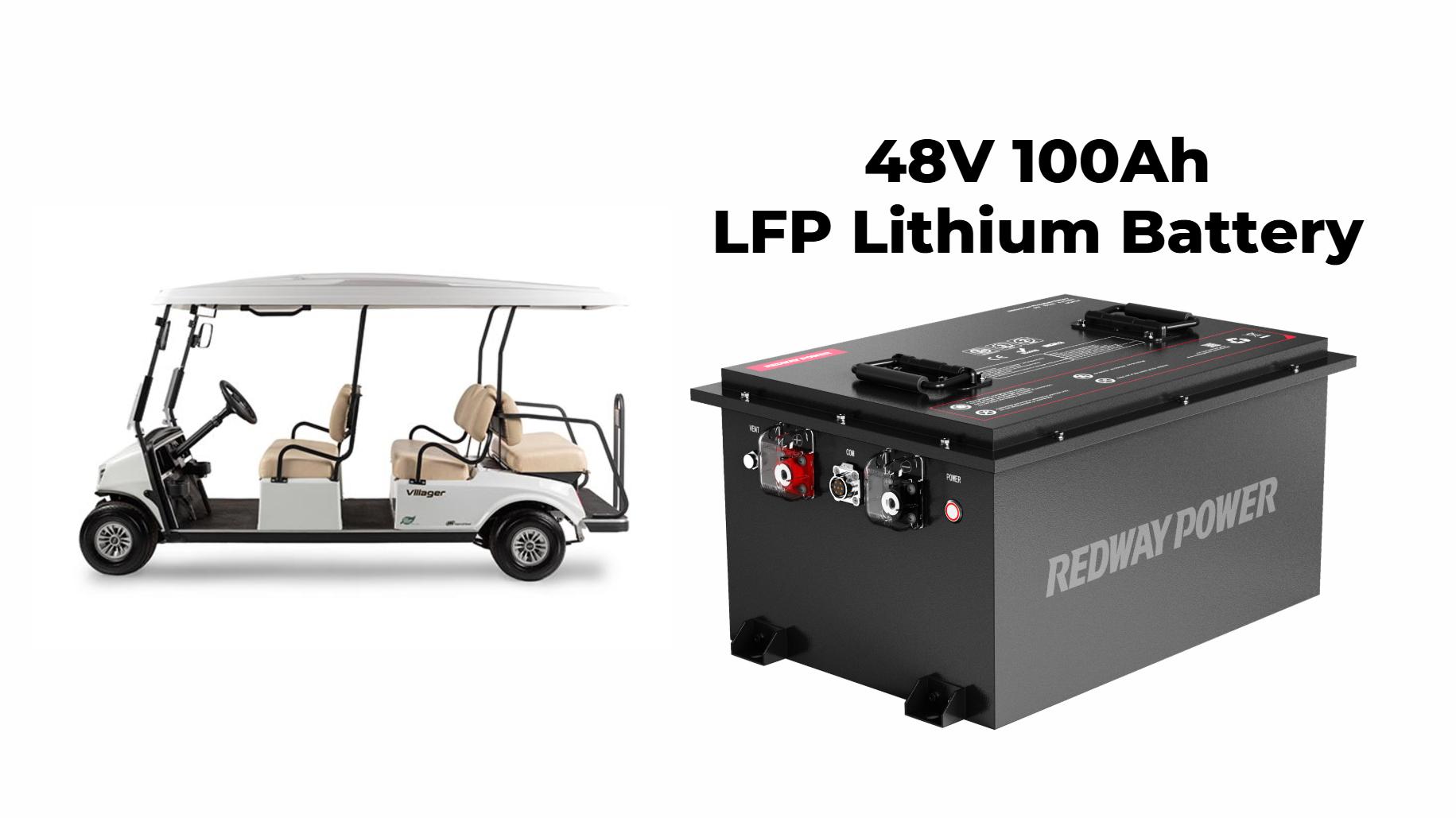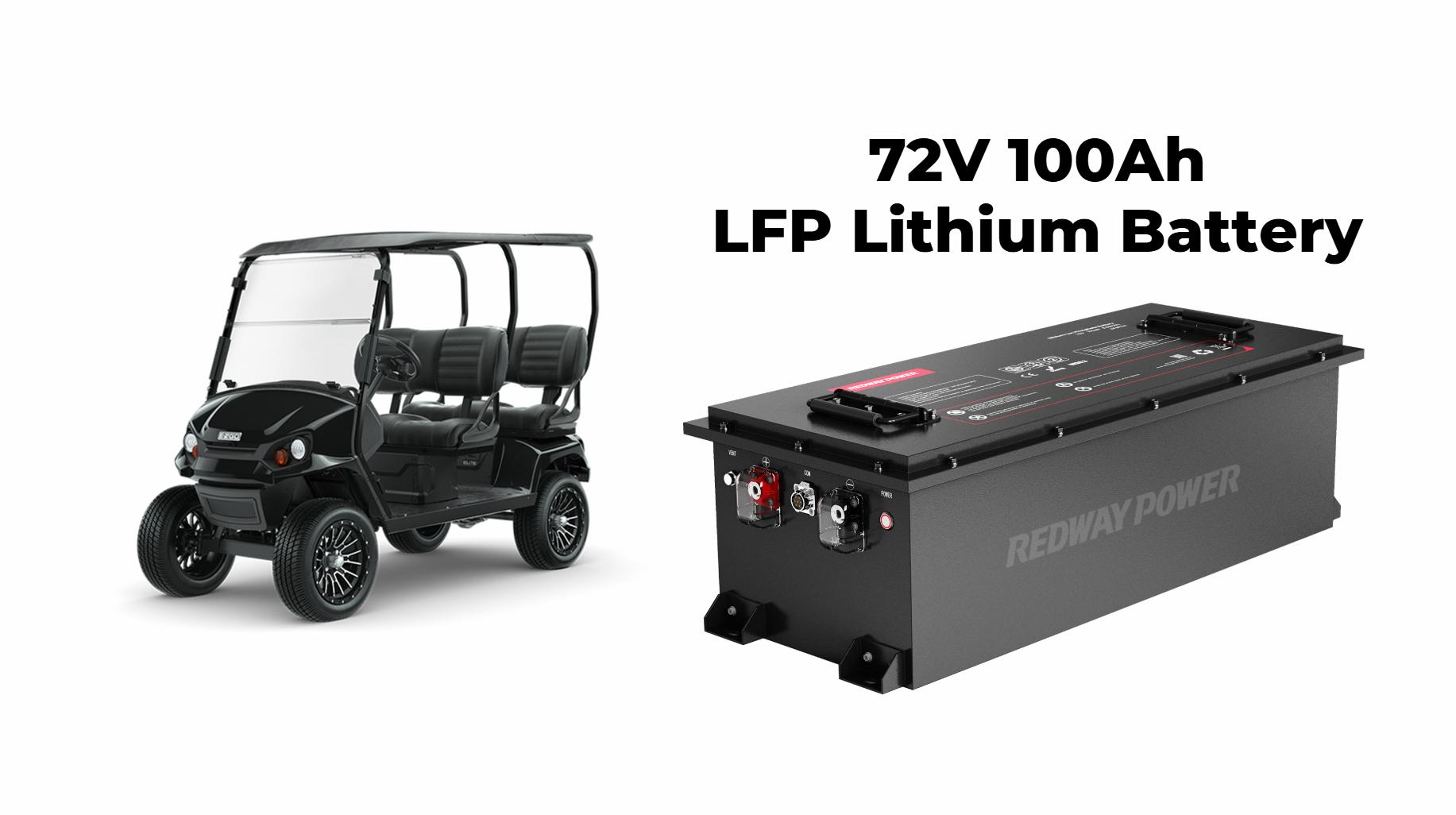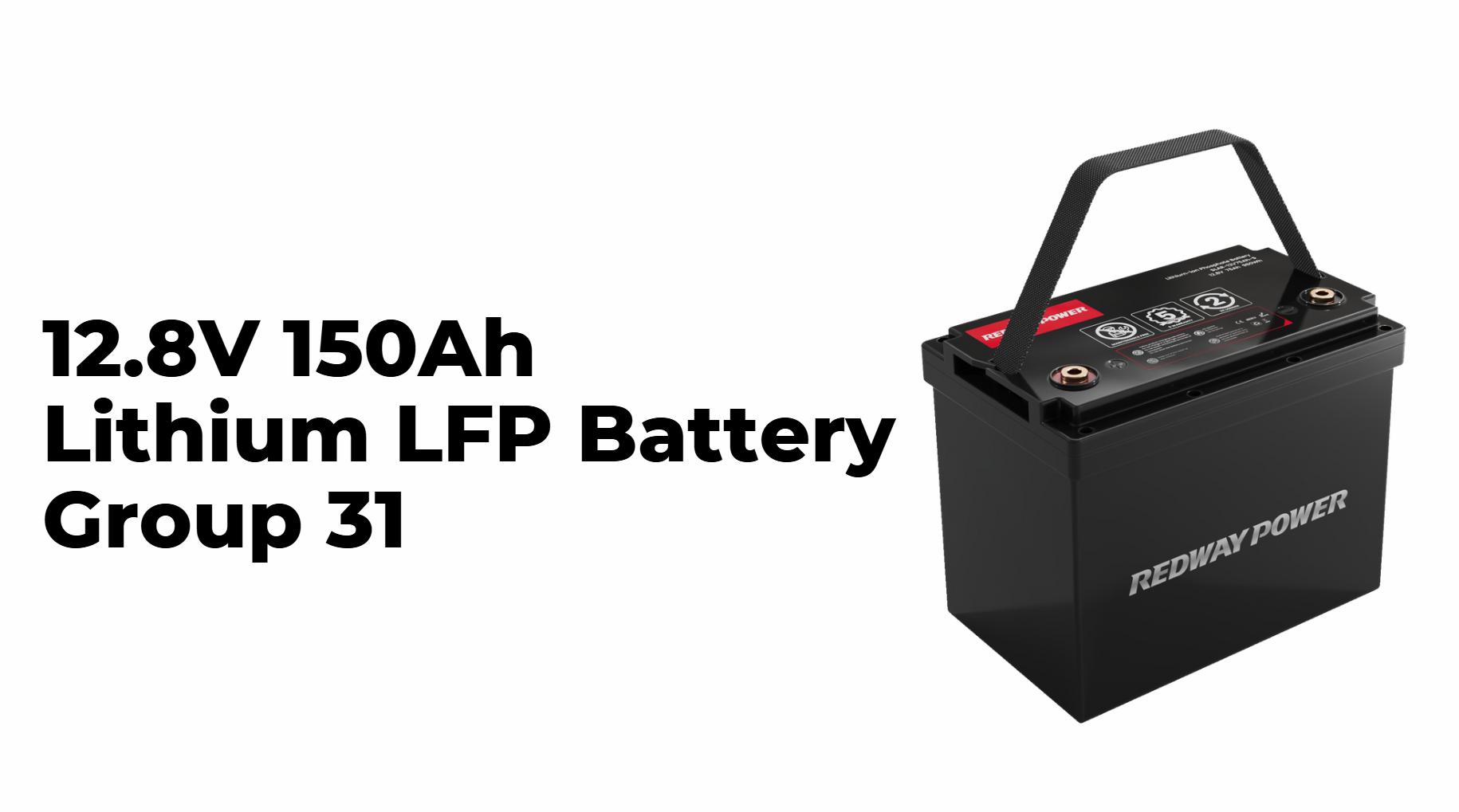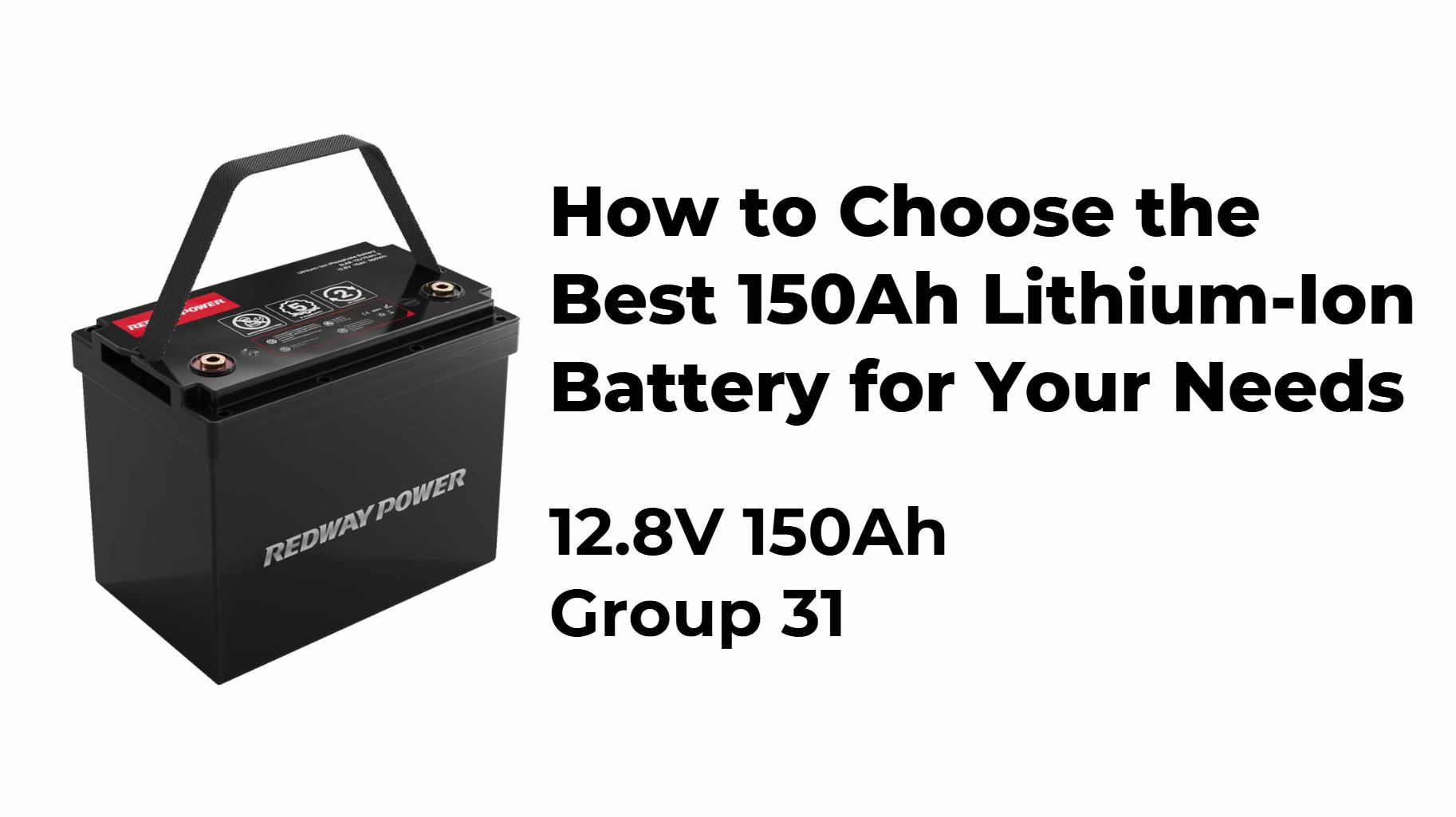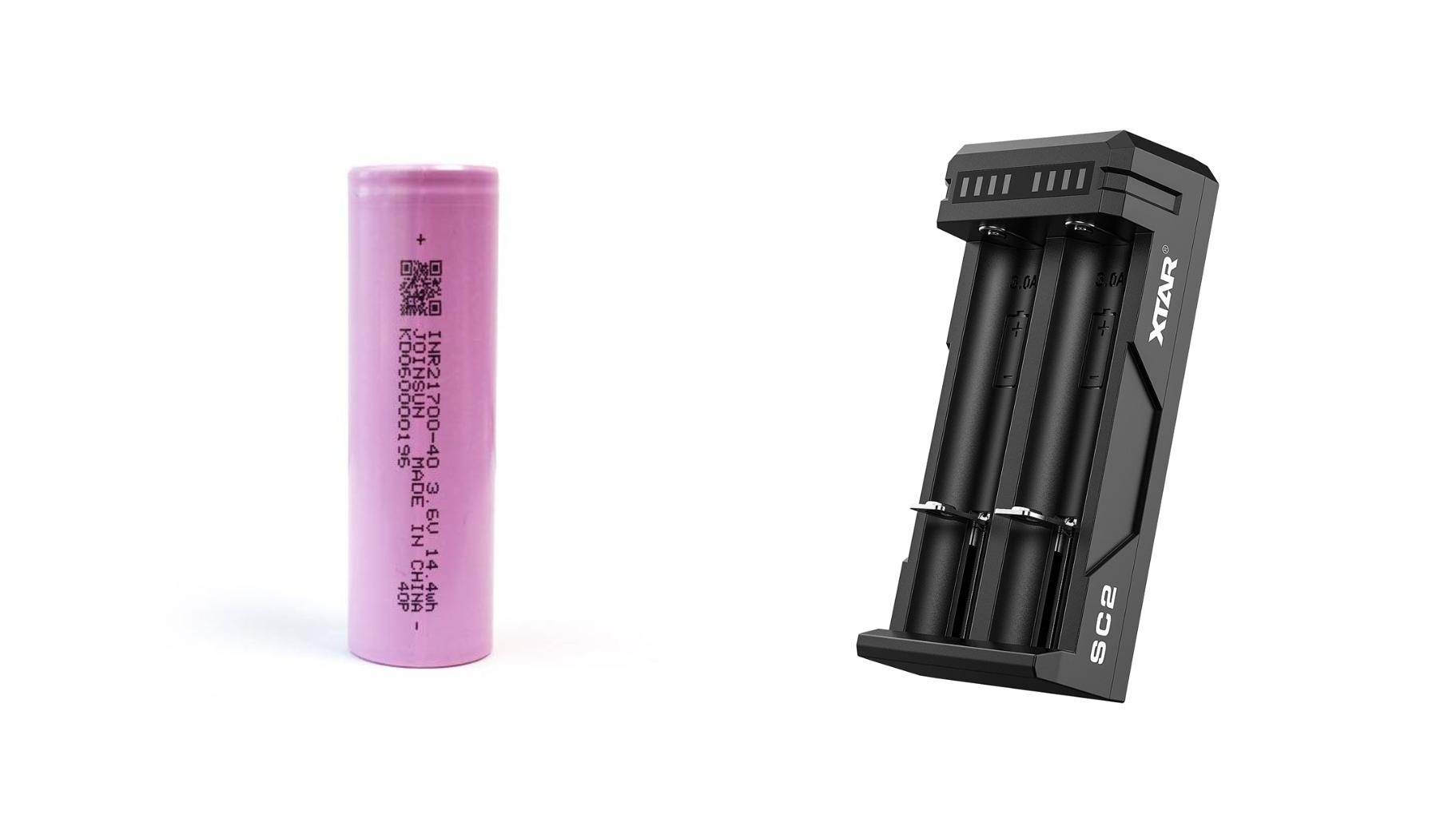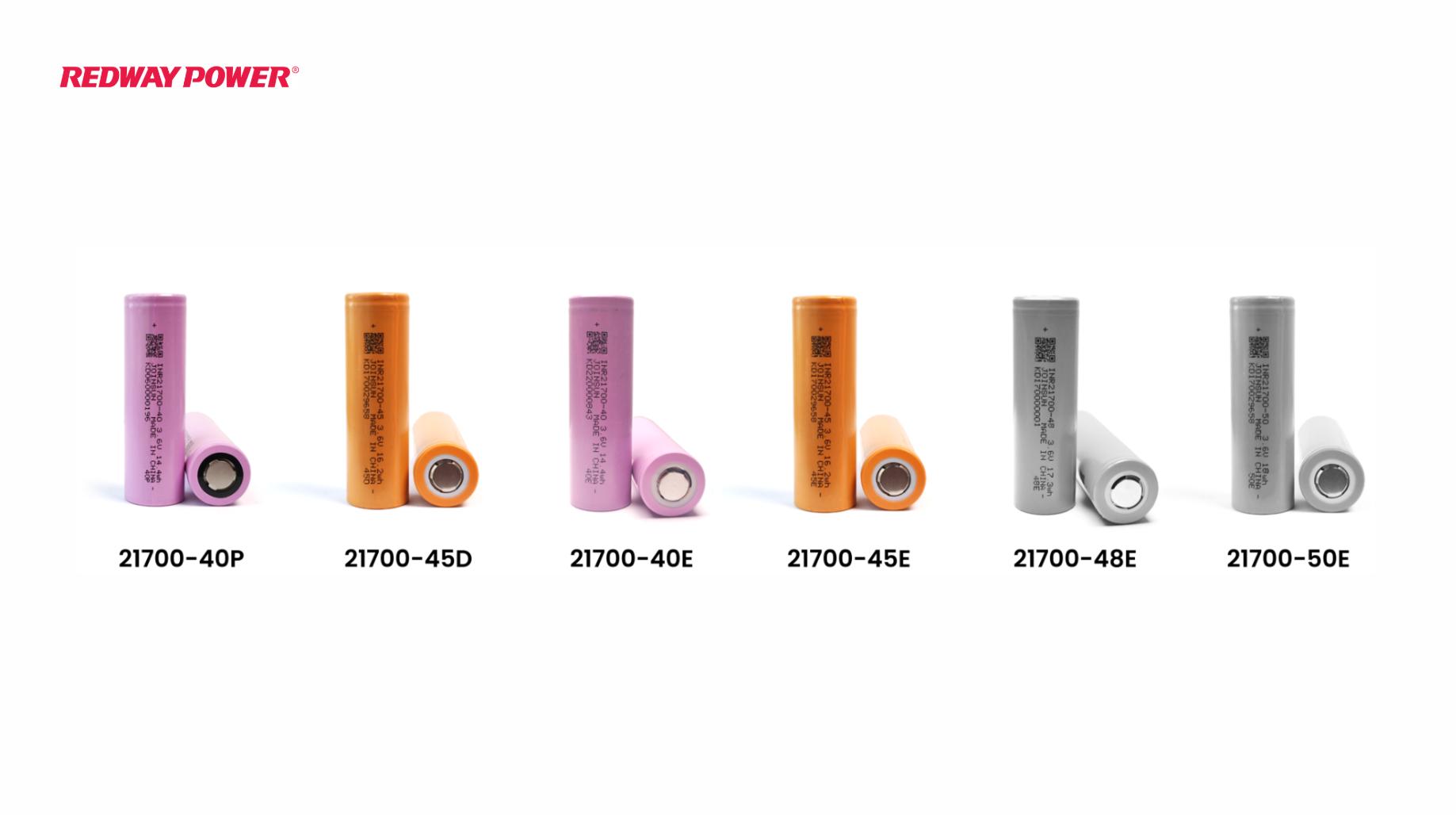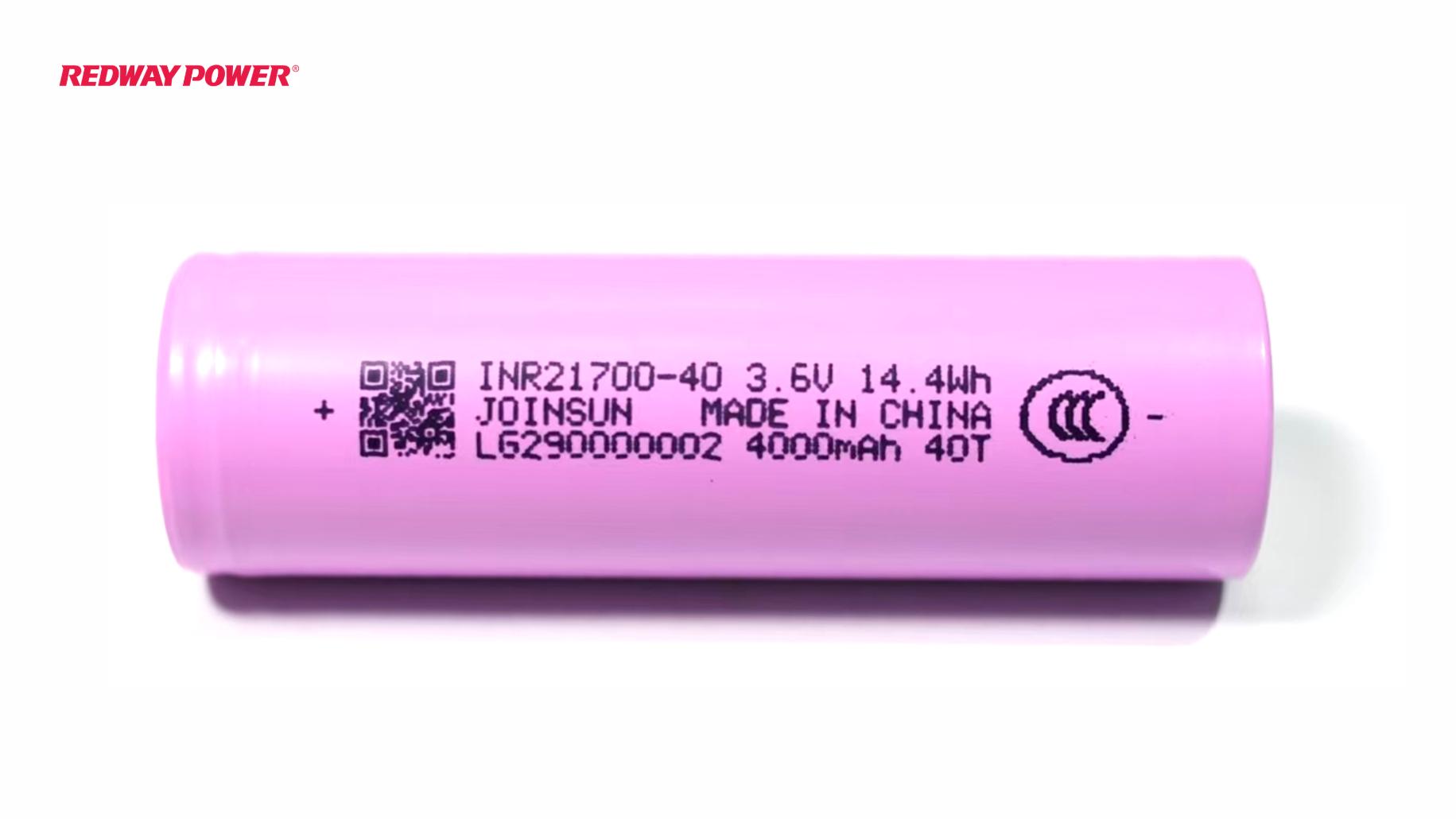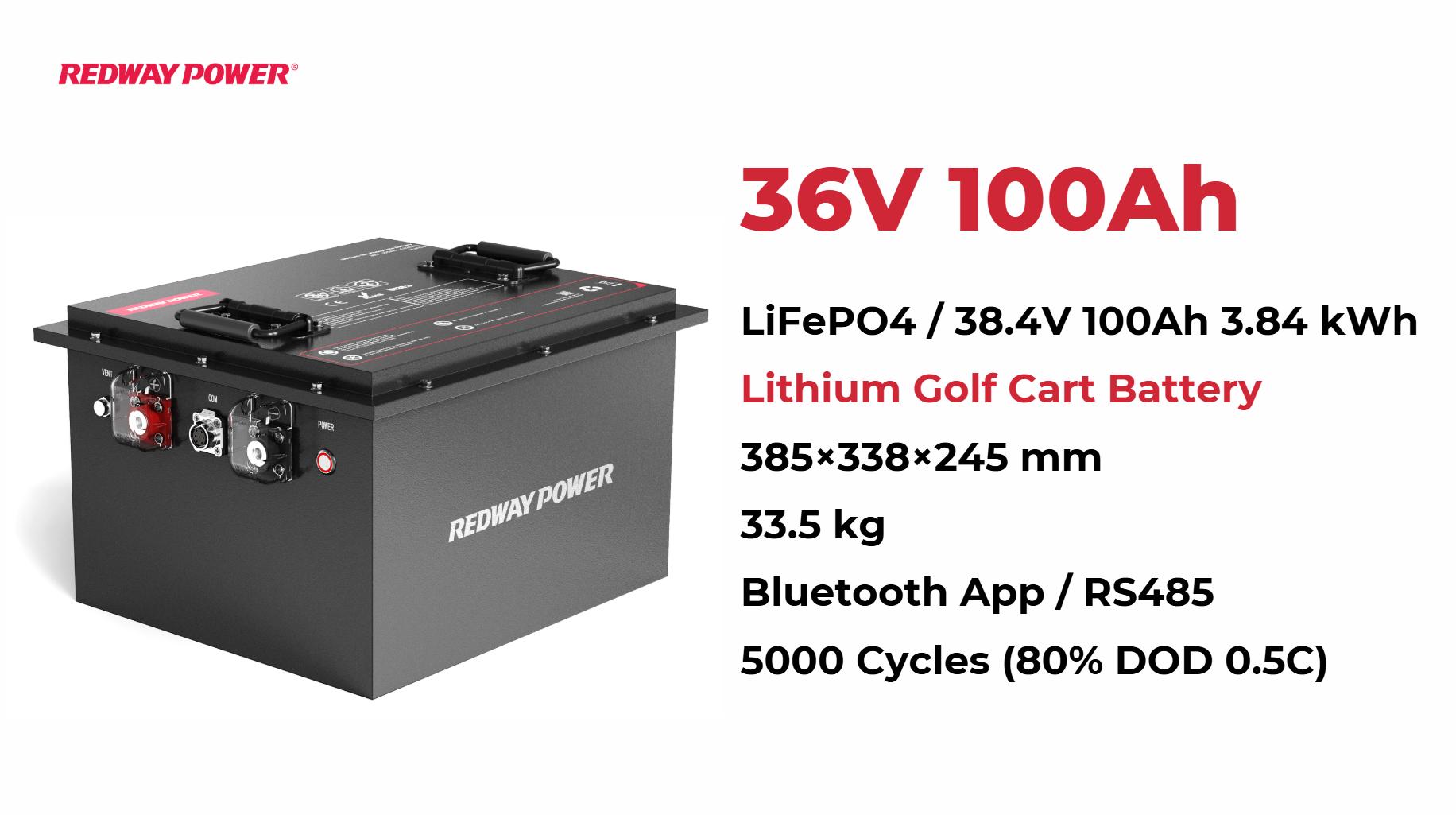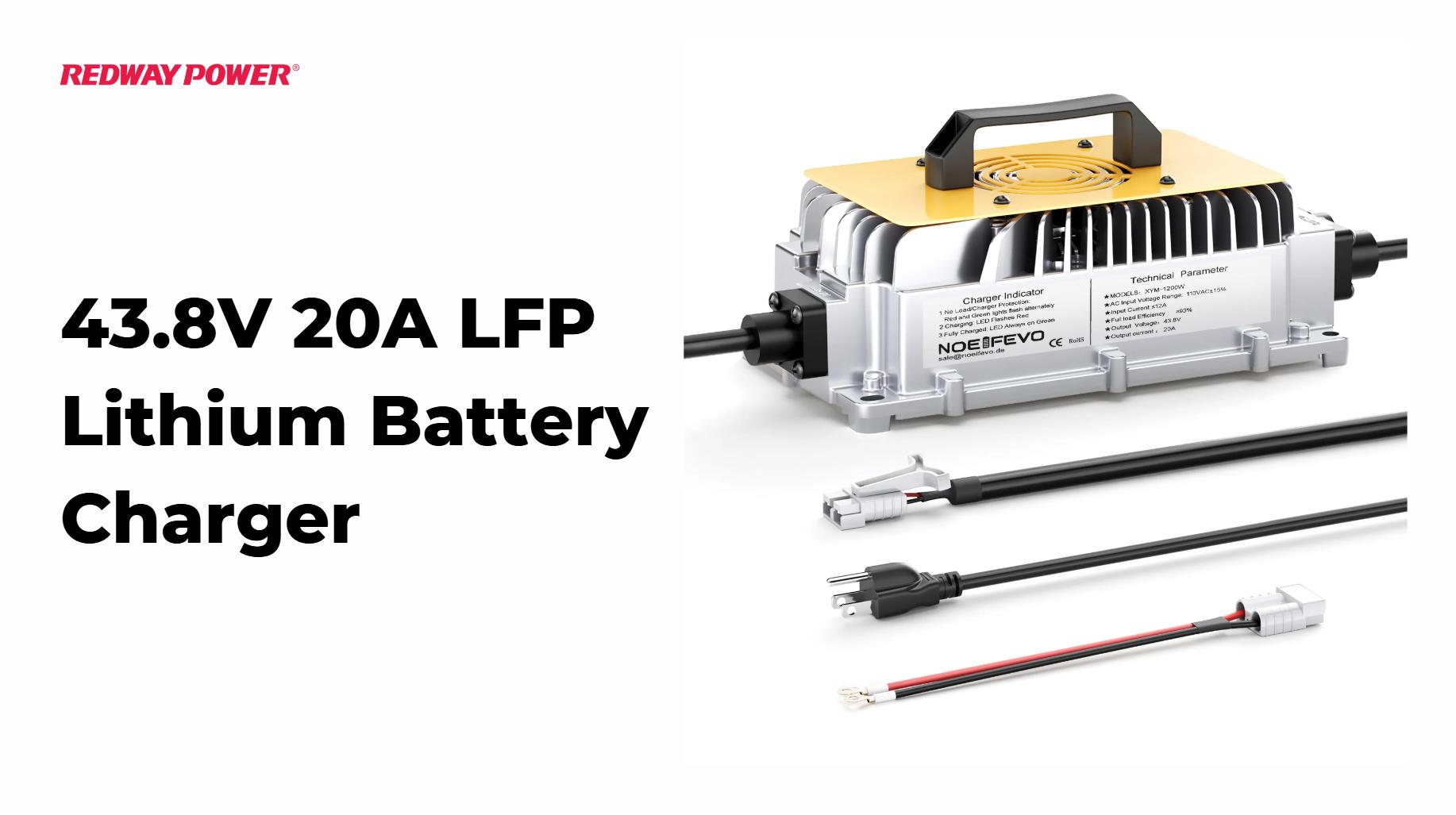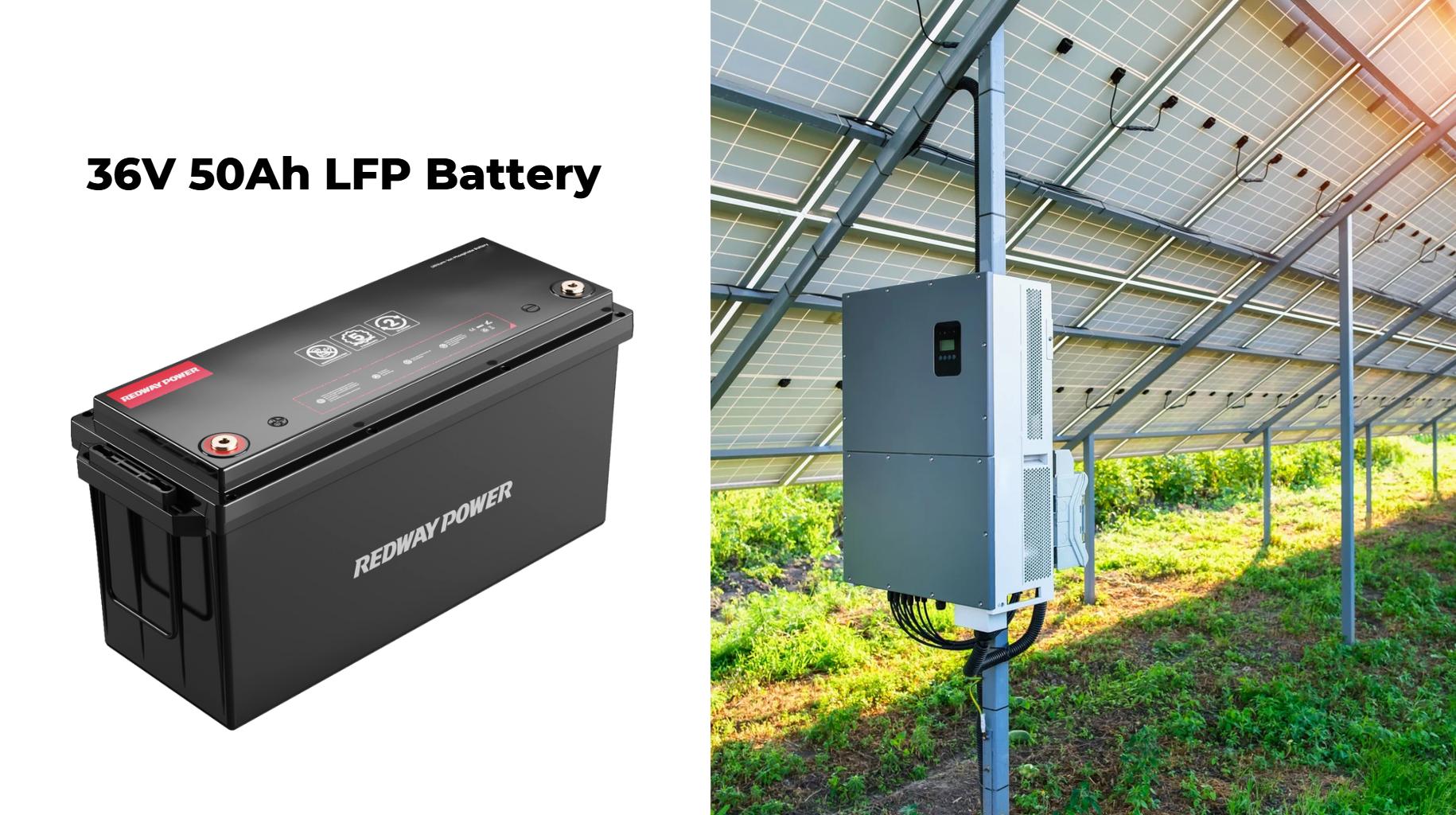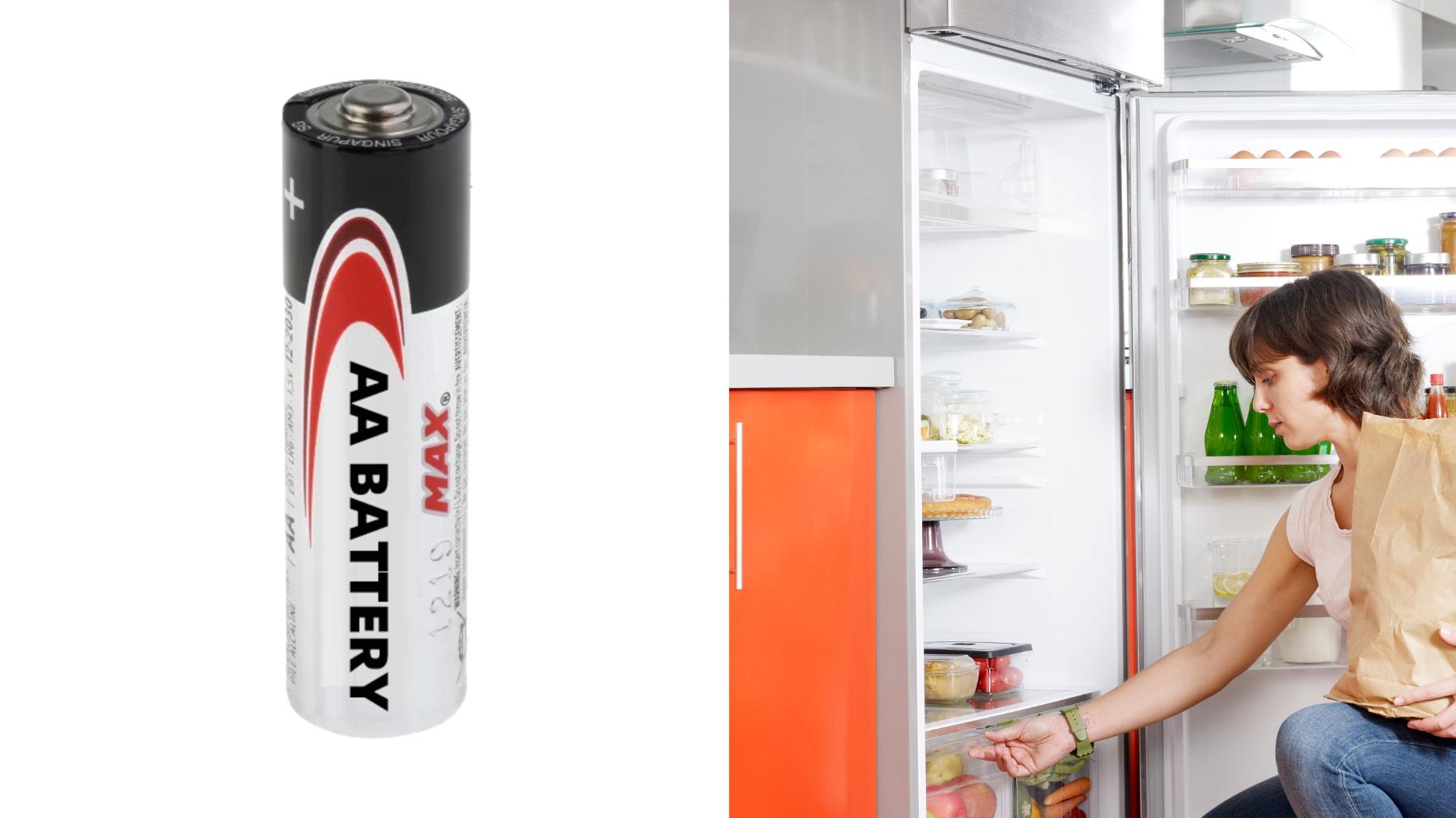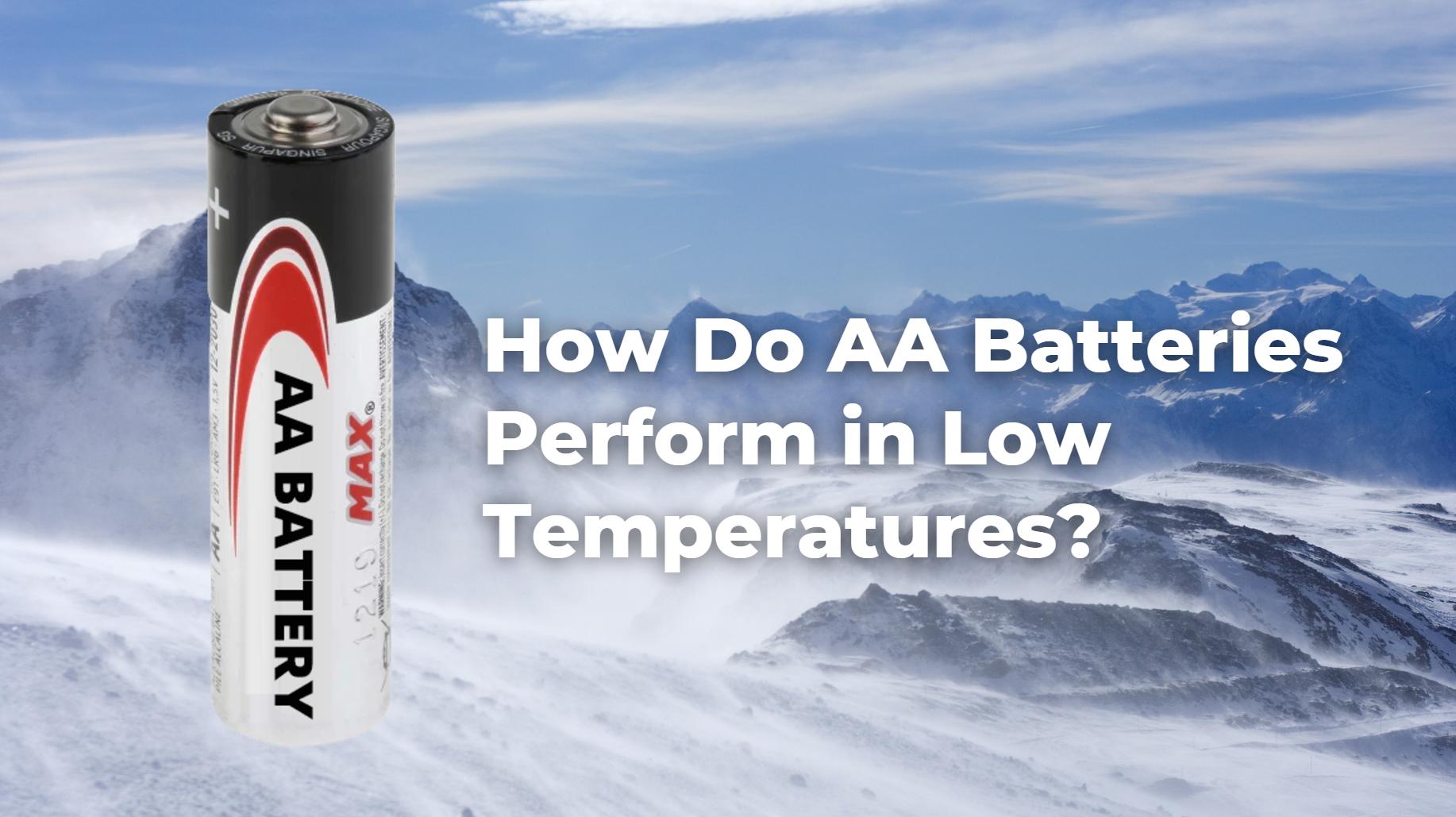Why Understanding Golf Cart Battery Technology with 6000 Cycles is Essential
Golf cart battery technology has evolved significantly, particularly with the introduction of lithium-ion batteries that offer over 6000 cycles. These batteries provide longer life, reduced maintenance, and improved performance compared to traditional lead-acid batteries. In this article, we will explore the benefits of this technology, its applications, and leading suppliers in the market.
How Do Lithium-Ion Golf Cart Batteries Work?
Lithium-ion batteries operate by moving lithium ions between the positive and negative electrodes during charging and discharging. This process allows for efficient energy storage and retrieval, resulting in a longer lifespan and higher energy density compared to lead-acid batteries.
Chart: Comparison of Lithium-Ion vs. Lead-Acid Batteries
| Feature | Lithium-Ion Batteries | Lead-Acid Batteries |
|---|---|---|
| Cycle Life | 6000+ cycles | 300-500 cycles |
| Weight | 50% lighter | Heavier |
| Maintenance | Maintenance-free | Requires regular maintenance |
| Charging Time | Faster charging | Slower charging |
| Energy Density | Higher | Lower |
What Are the Advantages of Using 6000 Cycle Batteries in Golf Carts?
- Longevity: Lithium-ion batteries can last over 10 years with proper care, significantly reducing replacement costs.
- Performance: These batteries provide consistent power output, allowing for better acceleration and handling on various terrains.
- Weight Reduction: Being lighter than lead-acid batteries, they improve the overall efficiency and speed of golf carts.
- Environmental Impact: Lithium-ion batteries are more eco-friendly as they do not contain harmful chemicals like lead or acid.
How Do You Choose the Right Supplier for Golf Cart Batteries?
When selecting a supplier for golf cart batteries with 6000 cycles, consider the following factors:
- Reputation: Look for suppliers with positive customer reviews and a solid track record in battery technology.
- Warranty: A good warranty reflects confidence in product quality; aim for suppliers offering at least a 5-year warranty.
- Customer Support: Reliable technical support can be invaluable for troubleshooting and installation assistance.
Chart: Top Suppliers of Golf Cart Batteries
| Supplier Name | Battery Type | Cycle Life | Warranty |
|---|---|---|---|
| Lamnory | LiFePO4 | 6000+ cycles | 5 years |
| CIRFREETION | LiFePO4 | 6000+ cycles | 10 years |
| IMPROVE | LiFePO4 | 6000+ cycles | 5 years |
What Innovations Are Driving Golf Cart Battery Technology Forward?
The golf cart battery industry is witnessing several innovations:
- Smart Battery Management Systems (BMS): These systems enhance safety by monitoring temperature, charge levels, and overall battery health.
- Fast Charging Technologies: New chargers can significantly reduce charging times, making them more convenient for users.
- Mobile App Integration: Some batteries now come with apps that allow users to monitor performance metrics in real-time.
Industrial News
The demand for high-performance golf cart batteries is rising as more users transition from lead-acid to lithium-ion technology. Recent advancements have led to improved battery management systems that enhance safety and efficiency. Companies like Lamnory and CIRFREETION are leading the charge by offering innovative solutions that cater to both recreational and commercial applications.
LiTime Unveils Smart Lithium Battery Lineup for Enhanced Golf Cart Performance
In March 2025, LiTime introduced an upgraded 48V lithium battery for golf carts, featuring RS485 communication for real-time monitoring of power, voltage, current, and state of charge. This innovation aims to provide precision power delivery and improved operational efficiency.
ROYPOW Announces New Lithium-Ion Batteries with Intelligent Monitoring
In January 2025, ROYPOW revealed its latest lithium-ion batteries equipped with an intelligent state-of-charge meter for real-time monitoring via a display or Bluetooth-enabled mobile app. These batteries offer enhanced safety protections and aim to improve the driving experience in golf carts.
Olelon Energy Highlights 2025 Advancements in Golf Cart Battery Technology
In early 2025, Olelon Energy reported significant advancements in golf cart battery technology, including improvements in lithium power, smart diagnostics, and charging efficiency. These innovations are set to enhance performance and longevity in golf cart applications.
Redway Battery Expert Views
“Transitioning to lithium-ion batteries is not just about performance; it’s about embracing a sustainable future,” states a battery technology expert. “With their long cycle life and reduced environmental impact, these batteries represent a significant step forward in energy solutions for golf carts.”
FAQ Section
- What is a golf cart battery?
A golf cart battery is a rechargeable power source specifically designed to provide energy for electric golf carts. - How long does a lithium-ion golf cart battery last?
With proper maintenance, lithium-ion golf cart batteries can last over 10 years or more than 6000 charge cycles. - What are the benefits of using lithium-ion over lead-acid batteries?
Lithium-ion batteries offer longer life, faster charging times, lower weight, and require no maintenance compared to lead-acid batteries.
In conclusion, understanding golf cart battery technology with a focus on those capable of delivering over 6000 cycles is essential for making informed purchasing decisions. By considering factors such as longevity, performance, supplier reputation, and technological innovations, users can enhance their golfing experience while ensuring sustainability.
Know more:
How to Understand Golf Cart Battery Technology with 6000 Cycles
How to Choose the Best 36V LiFePO4 Golf Cart Battery
How to Choose the Right Rack Mounted Storage Battery for Golf Carts
Why Understanding Golf Cart Battery Technology with 6000 Cycles is Essential

